If Pierre-Augustin Caron de Beaumarchais had had his way The Barber of Seville would have been performed as a comic opera as early as 1772. But this was not to be, as it was rejected by the Opéra Comique and had to wait ten years until Paisiello’s setting, and a further thirty-four years before Rossini set it to music as definitively as any libretto has ever been set. Beaumarchais (never one to be thwarted) revised it in play form and it was first produced in 1775 at the Théâtre Francais to disastrous results. Within two days this ‘disaster’ had turned into a success by some quick rewrites and by changing it from five acts to four. Without these changes it would probably have disappeared into oblivion along with hundreds of other dramas of the period. Thank goodness Beaumarchais was not one to be thwarted.
Like the play, Rossini’s opera opened as a disaster but soon gained favour with the public and critics alike. It must be one of the most loved of Italian operas, as it has never disappeared from the operatic repertoire since its first performance at the Teatro Argentina of Rome in 1816. The subject matter was certainly not new or original to Beaumarchais, for the lightweight plot goes back to Scarron and others like Moliere. What should the style of presentation be? Is it a knock-about comedy, slapstick, or farce? Does it need to be elegant? I firmly believe there is no definitive way of presenting anything, but one has to make a choice. My feelings for the work tend to lean to an elegant high comedy, not only because the music in itself is so elegant but also because the characters (especially in the case of Figaro) are written with much more depth and dimension than other comedies of the period. Even if the plot is old and simple the dramatis personae are far from simple. They are drawn much more deeply and more realistically than others of their day. Indeed it is widely believed that the character of figaro is Beaumarchais himself: a ‘self-made man’ and friend and employee of the aristocracy, although never quite able to be accepted into their inner circle. He was a great wheeler-dealer of the time, in and out of court (not the royalone!), fighting many battles which he invariably won. Basilios’s great aria La calunia e un venticello (Slander is a little breeze)was based on a very traumatic period in his own life. He well knew the power of rumour, slander, and innuendo. Originally known as Fils Caron (Caron the younger), in the eighteenth centry this would have been pronounced fi Caro, which as you can see is only a short step to figaro!
The character of figaro in The Barber of Seville is of course just a forerunner of the deeper and more far-reaching implications of Figaro in Mozart’s The Marriage of Figaro. For the most part he is always in control of the situation in The Barber. But when he is close to being outwitted by the Count in The Marriage Of Figaro he takes the role of ‘The Common Man’ to a place never before dreamt of. But it is to The Barber that we look tonight. A charming situation comedy of errors. And don’t be fooled by the supposedly bumbling buffo character of Bartolo. He is not such an idiot as he is sometimes portrayed. It’s just that he’s always frustrated by figaro’s brilliance at manipulation.
Hugh Halliday
Director

